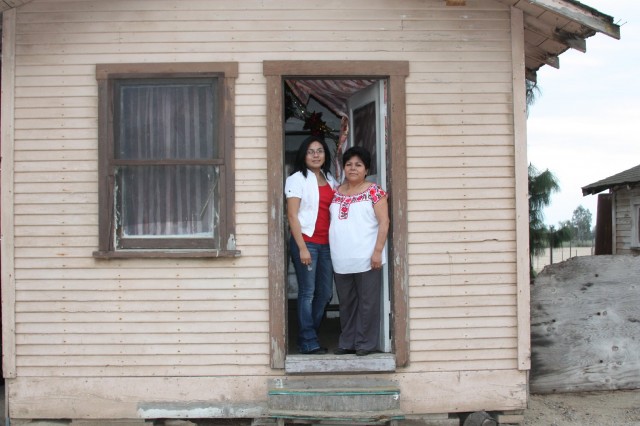
Editor's Note: Some recent immigrants avoid visits to western doctors. Instead, they call on traditional healers who speak their language, use familiar medicinal plants, and share their cultures. As part of our ongoing series of first-person health profiles called "What’s Your Story?" we hear from Juana Gomez, a Mixteca traditional healer from Oaxaca, Mexico. Gomez now lives in Madera, in California's Central Valley, where many of her patients are undocumented farm workers. Her daughter, Johanna Gomez, translates her story. Reporter: Sasha Khokha
By Juana Gomez
We have the purple basil and we have the green basil. The basil is a very, very sacred plant from my ancestors.
It’s very important to know the classification of each plant because even though they are plants and they are natural and they have healing powers, they work just as medicine and you have to be really careful with them.
My mom says that the most she sees here are males that work on the fields. She says that it is very common for them to come because it’s a combination of not being able to have a restroom close enough, it's a combination of the heat, the long hours that they’re sitting, the vibration of the tractors. So, there are many, many factors.